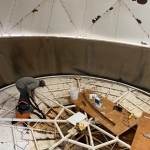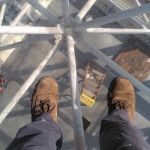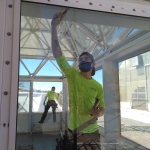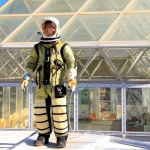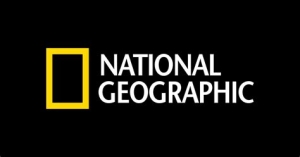
June 2020 – June 2021
With launch at the National Geographic Education Resource Library June 1, 2020, the development team gained valuable feedback and insight to the use of SIMOC in the classroom. We implemented an evolving list of improvements to the user experience, providing a greater insight to the simulation data with on-board visualization tools.
A good deal of effort was applied to the arduous task of building a semi-automated deployment pipeline for the rapid delivery of updated SIMOC versions to the Google Cloud Platform. Through some trial and error we also improved the stability and scalability of the docker container-based architecture, github actions, and more efficient database execution. We improved a number of elements of the user interface including consolidation of multiple dashboard panels into single, like-panels with drop-down toggles, an improved slider for time increments, updates to the Presets, and mouse-hoover functions.
We produced a series of instructional videos for the SIMOC users and engaged citizen scientists in their respective classrooms, resulting in a paper published at the ICES conference 2021.
Concurrent to SIMOC development, SIMOC project lead Kai Staats dove into construction of the world’s highest fidelity Mars habitat analog at the iconic, University of Arizona Biosphere 2. This challenging endeavor brings to fruition a real-world implementation of the SIMOC simulation, giving foundation to a controlled environment by which the simulation can be modeled after and improved by the positive feedback loop of data generated in the SAM analog.



